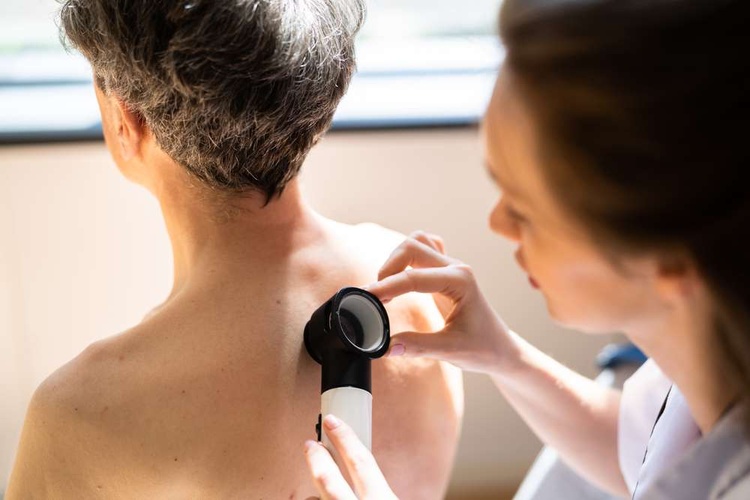Understanding Basal Cell Carcinoma: Diagnosis, Treatment Options, and Recovery
Basal cell carcinoma (BCC) is the most common form of skin cancer, affecting millions of people worldwide each year. While it's typically slow-growing and rarely spreads to other parts of the body, early detection and proper treatment are essential for optimal outcomes. This comprehensive guide explores the various treatment options available, helping you understand what to expect from diagnosis through recovery.

What Are the Common Signs of Basal Cell Carcinoma?
Basal cell carcinoma often appears as a pearly, waxy bump on the skin or a flat, flesh-colored or brown lesion. Key identifying features include:
-
Persistent, non-healing sores
-
Raised, reddish patches that may itch
-
Small, pink or red, shiny bumps
-
Scar-like areas that are white, yellow, or waxy
These lesions typically develop on sun-exposed areas, particularly the face, ears, neck, and shoulders.
How Is Basal Cell Carcinoma Diagnosed?
Diagnosis typically begins with a visual examination by a dermatologist, followed by a skin biopsy if BCC is suspected. The biopsy involves removing a small sample of suspicious tissue for microscopic examination. This procedure is usually performed under local anesthesia and helps determine the type and depth of the cancer.
What Are the Current Treatment Options Available?
Treatment options vary depending on the size, location, and type of BCC. Common approaches include:
Surgical Options:
-
Mohs micrographic surgery
-
Standard excision
-
Curettage and electrodessication
Non-surgical Options:
-
Topical medications
-
Photodynamic therapy
-
Radiation therapy
-
Oral medications for advanced cases
Which Treatment Method Is Most Effective?
Mohs surgery is often considered the gold standard for treating BCC, particularly in high-risk areas such as the face. This procedure offers the highest cure rate (up to 99%) while preserving the maximum amount of healthy tissue. However, the best treatment choice depends on multiple factors, including:
-
Tumor size and location
-
Patient’s age and health status
-
Previous treatments
-
Cosmetic considerations
What Are the Latest Advances in BCC Treatment?
Recent developments in BCC treatment include:
-
Targeted therapy drugs for advanced cases
-
Enhanced imaging techniques for better surgical precision
-
Improved topical medications with fewer side effects
-
Novel combination therapy approaches
These advances have led to better outcomes and more treatment options for patients with different types of BCC.
What Are the Treatment Costs and Insurance Considerations?
Treatment costs vary significantly based on the procedure and location:
| Treatment Type | Average Cost Range | Insurance Coverage |
|---|---|---|
| Mohs Surgery | $1,000 - $4,500 | Usually covered |
| Standard Excision | $500 - $3,000 | Usually covered |
| Topical Medications | $200 - $900/month | Partially covered |
| Radiation Therapy | $3,000 - $8,000 | Usually covered |
Prices, rates, or cost estimates mentioned in this article are based on the latest available information but may change over time. Independent research is advised before making financial decisions.
The long-term success of BCC treatment depends on early detection and appropriate intervention. Regular skin examinations, sun protection, and prompt medical attention for suspicious skin changes remain crucial for preventing and managing basal cell carcinoma effectively. Following treatment, patients should maintain regular follow-up appointments and practice thorough skin surveillance to monitor for potential recurrence.
This article is for informational purposes only and should not be considered medical advice. Please consult a qualified healthcare professional for personalized guidance and treatment.




